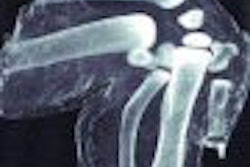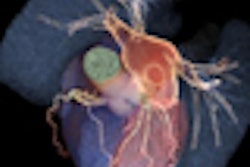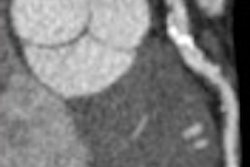Dear AuntMinnie Member,
The use of computer-aided detection (CAD) software for digital radiography (DR) images is a relatively new application, but the combination could prove useful if DR is to develop a role in lung screening.
One possible fly in the ointment, however, is the impact of various DR postprocessing techniques on CAD functionality. DR data can be manipulated, massaged, and processed in various ways, any one of which could affect CAD's ability to detect suspicious lung nodules.
Chinese researchers address this issue in an article we're featuring this week in our Digital X-Ray Community. The investigators used a commercially available CAD application to analyze DR images processed with three different types of image postprocessing techniques.
They found that CAD's performance varied widely based on the type of image processing used, with statistically significant variations in nodule detection and false-positive rates. Learn more by clicking here, or visit the community at xray.auntminnie.com.
Ultrasound contrast
Meanwhile, in our Ultrasound Digital Community, staff writer Eric Barnes describes recent research by a California group on new applications for ultrasound contrast. The researchers have been exploring new functional imaging applications for perfluorocarbon-based ultrasound contrast media, such as monitoring response to therapeutic drugs or assessing organ function.
While the research is experimental, the group's goal is to develop techniques that can be translated into clinical practice. Read more by clicking here.
In other news in the community, contributing writer Edward Susman reports on recently presented research recommending that patients at risk of hepatocellular carcinoma receive ultrasound screening. At-risk patients, such as those with liver disease, should receive ultrasound screening and surveillance every six months, U.S. researchers recommend.
Find out which patient populations are best suited for ultrasound screening by clicking here, or visit our Ultrasound Digital Community at ultrasound.auntminnie.com for these stories and more.



















